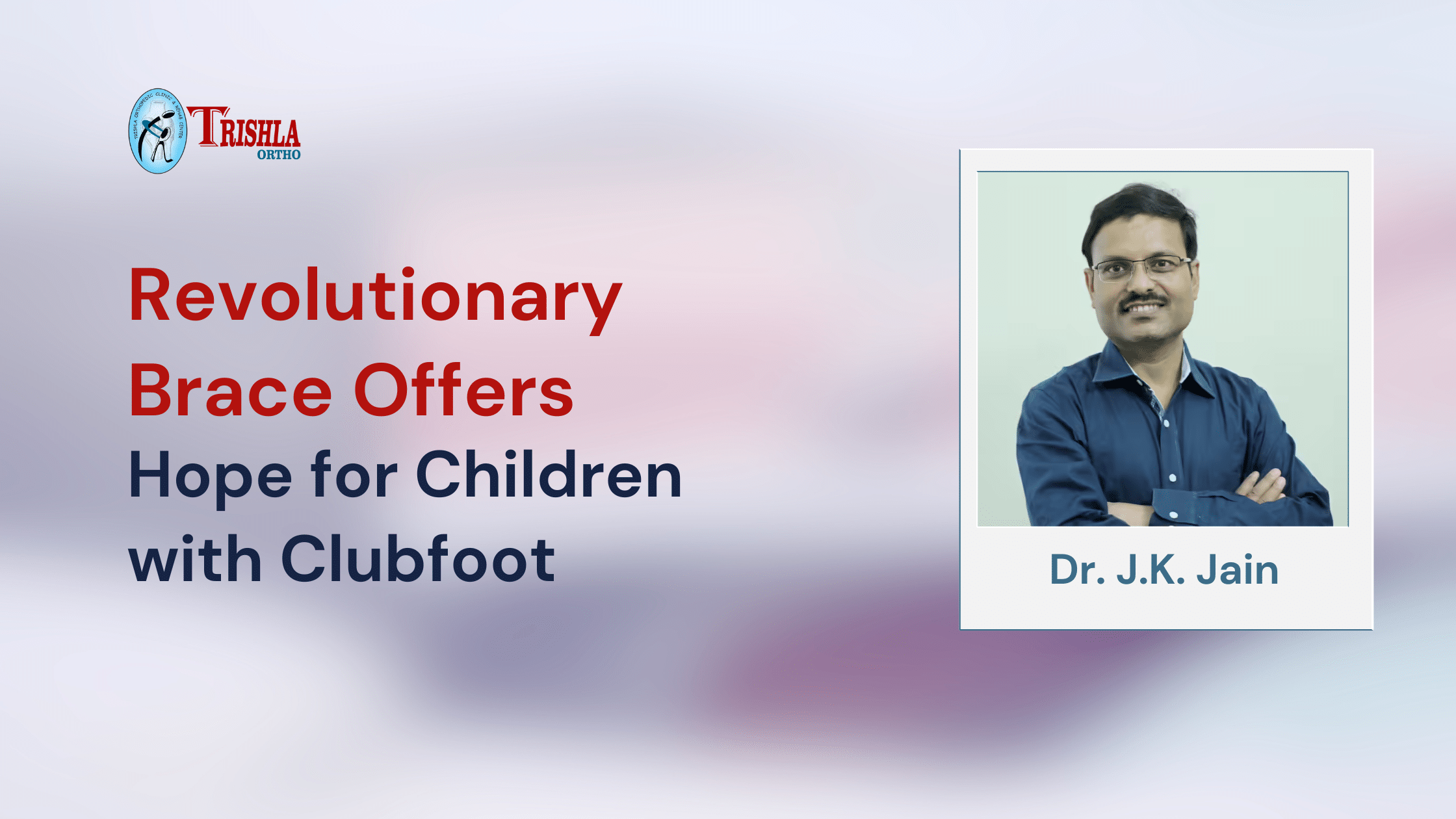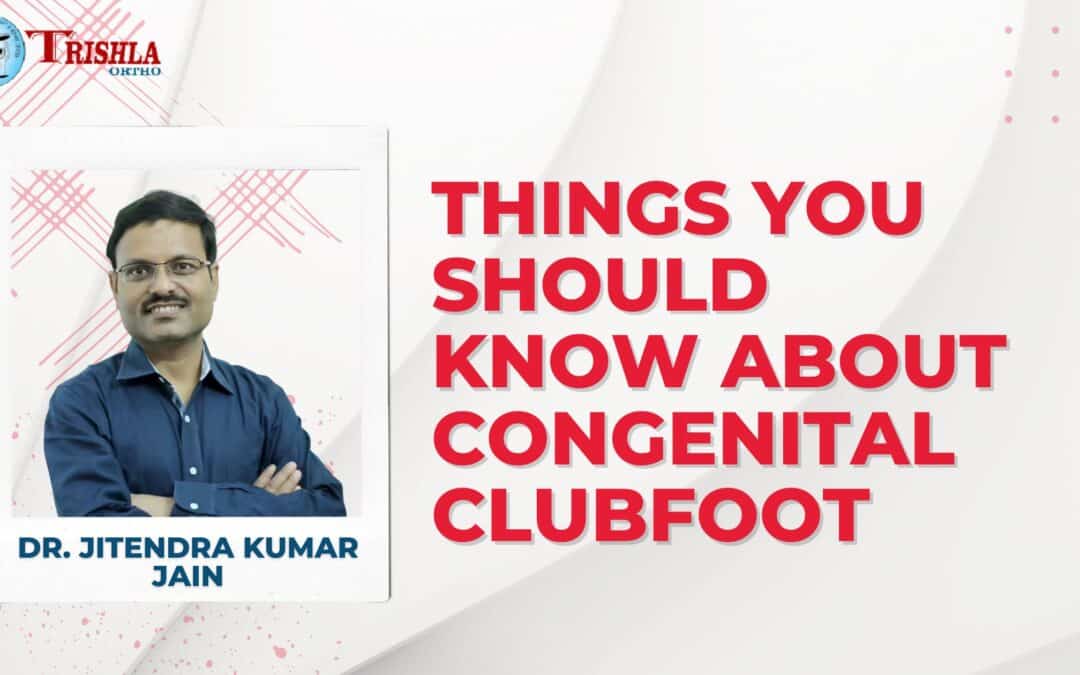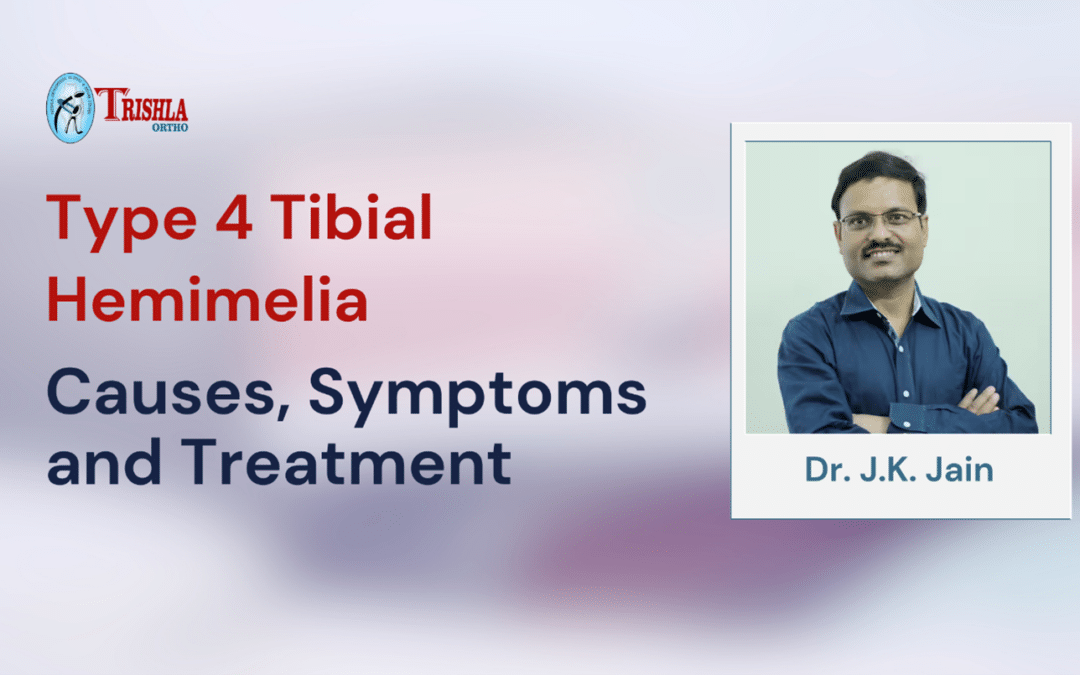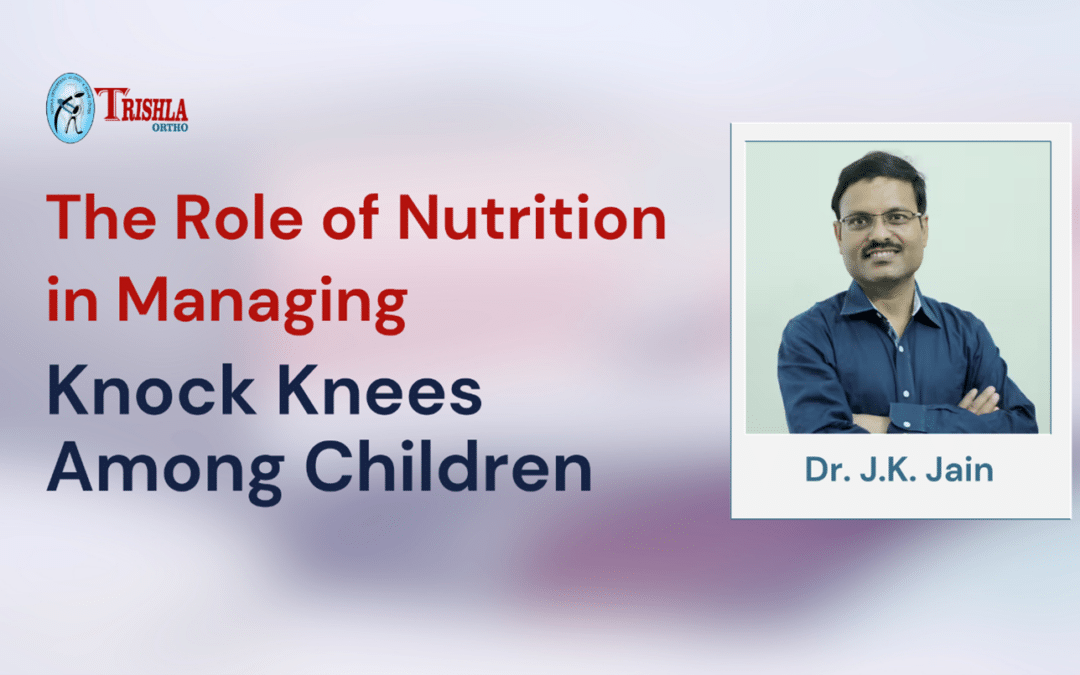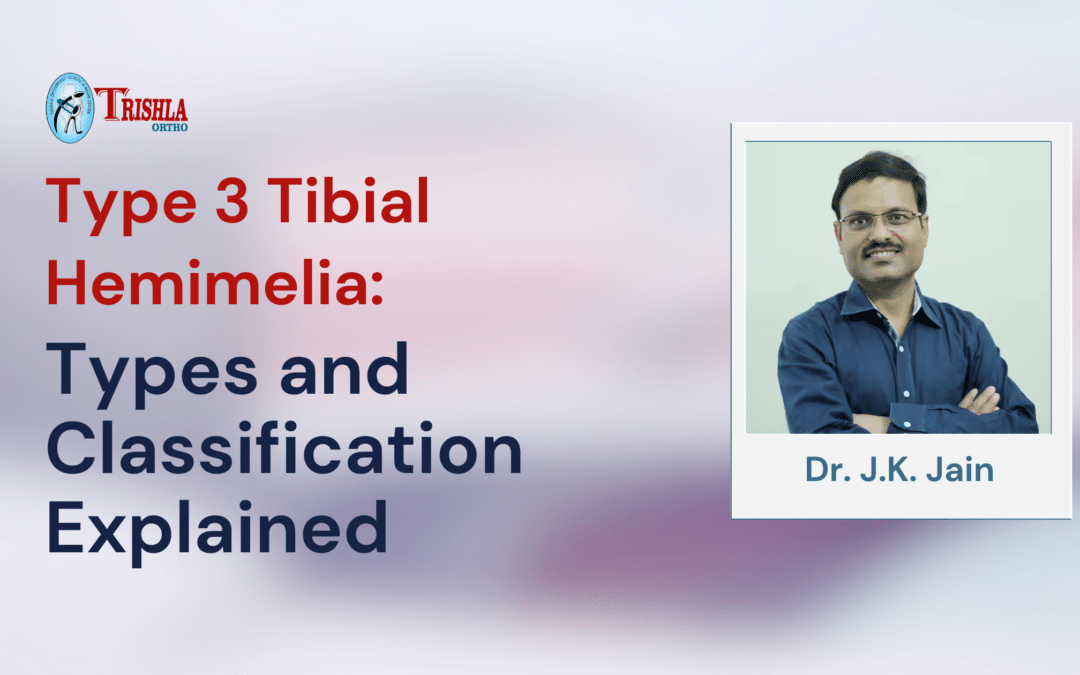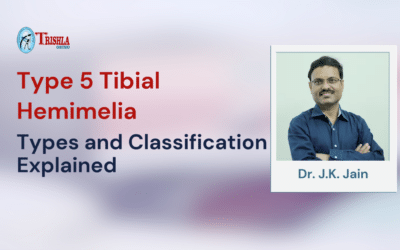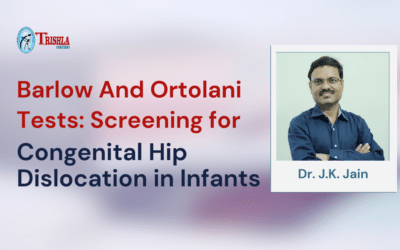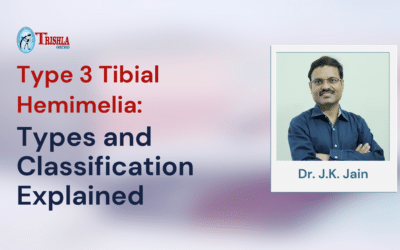Immobility issues with Children with Clubfoot can impact not just the patient’s overall lifestyle but also his mental well-being. When this happens, treating the condition and ensuring recovery becomes extremely difficult. This is why starting the treatment with the right expert is extremely important. Luckily, there are medical treatments available that can help patients get positive outcomes. This becomes exceptionally important when the patient is suffering from highly complicated medical conditions like CTEV.
Luckily, plaster manipulation braces and other treatment options are available that will help you get better results from the conditions. So, let’s discuss the revolutionary braces in detail and how they can help see a positive result.
Braces for children with club foot
The disability of the congenital clubfoot and the pain that comes from it causes a lot of complications. It not only keeps the children apart but also impacts their overall well-being. As a parent, it’s essential to identify the best possible medical treatments and get started with them as early as possible. This is the only way your child can see positive change and lead a better life.
There are many CTEV treatment options available, but use of braces after complete correction by ponsetty plaster technique have proven effective in helping children recover better and faster. But before we move on to that, let’s discuss clubfoot.
Clubfoot is a congenital medical condition that causes the foot of the baby to turn downwards or inward. It can either be a mild or a severe, and it can occur in either one foot or both feet. Babies who have clubfoot generally will have tendons that connect their leg to the heel and will be too short. These tight tendons can cause the foot to twist out of shape. Clubfoot is not common, and it occurs in 2.5 per 1000 live births. It is a widespread congenital disability that involves the musculoskeletal system.
Luckily, braces and other treatment options will make it easier for the children to recover and lead regular lives.
Given how challenging and complicated it can be to make a child’s life, there has been a lot of medical research going on to develop effective treatment plans or devices. Luckily, in last 25 year ponsetty way of manipulation and plaster technique give respite to these children. Use of proper ctev brace for 4 year is mandatory for excellent outcome. It helps in the maintenance phase of the treatment. Specialized CTEV brace, in which both foot are fixed in 70 degree external rotation. This angle are very important in maintaining good posture of foot.
How have braces transformed medical treatment?
Using the brace in this medical condition can be highly beneficial as it allows the child to see a better result without foot surgery. When the child continuously wears the braces for a specified period, his legs automatically get back in the correct position. This means he will face no issues in walking or doing regular activities. However, in this case, the parents need to be quite active. They need to focus on how the results are visible and what treatments can be done for proper recovery.
Variety of specialized CTEV shoes are available in market but revolutionized CTEV shoe with greater mobility give more compliance. As a parent, you should know that a revolutionary brace that monitors your child’s efficacy is now available. It ensures that the sole of the child’s foot rests on the shoe’s sole, which is fixed to the brace. The brace also allows the child to have several degrees of freedom, thus ensuring it is more tolerable and child-friendly.
It is quite a revolutionary technique that was not seen in the previous bases available. The existing ones no doubt fix the child’s lower limbs, but they do not allow for any free mobility. Luckily, this new advancement offers free mobility of the lower limb and provides comfort to the child; hence, it can be a more popular option among children who refuse to wear braces because of discomfort. The shoe height and weight in the Padma pada have been modified according to the foot size of Indian children. This unique feature of the technology and its innovative mechanism of connecting the rod with four 4-bar linkage provides a high degree of freedom to the child’s lower limb in 3 planes.
Conclusion
Now that you know about the benefits of this highly revolutionized CTEV treatment device, it’s better to get started with the treatment as soon as possible. For expert help and guidance, you can always rely on Trishla Ortho. Their professionals have years of experience in handling even the most complicated cases. No matter how challenging or complex the medical condition is for your child, they can develop a customized treatment plan that will help them see a better recovery.
